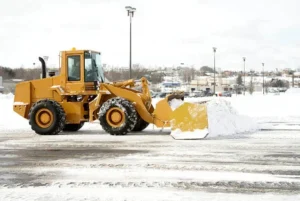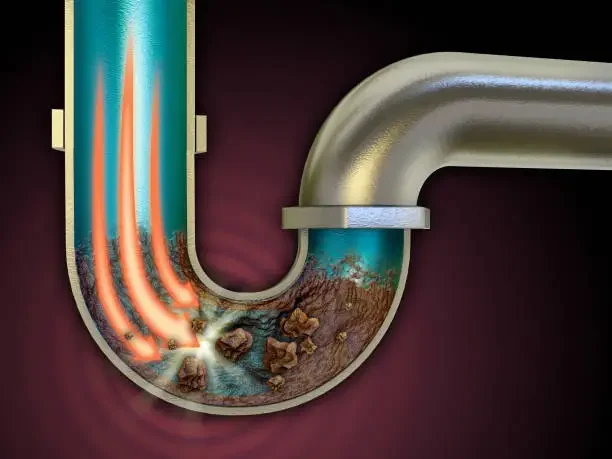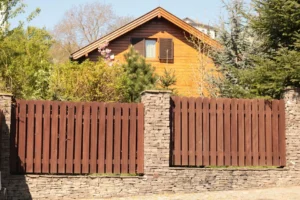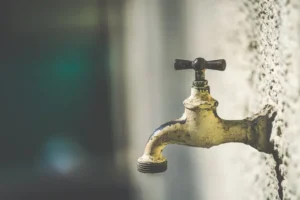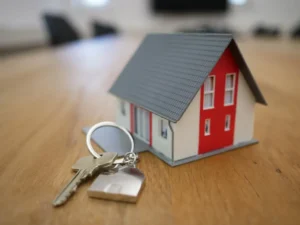Being in Sydney means enjoying some of the best coastal scenery and vibrant neighborhoods in Australia, but also managing the quirks of our urban homes. One thing many of us encounter eventually is a blocked drain.
A minor inconvenience at first, but it can quickly escalate into a major problem and become expensive if left unaddressed. The good news is that there’s plenty you can do at home to tackle the problem of blocked drains Sydney before it becomes a crisis.
What’s Behind a Clogged Pipe in Sydney?

First things first, understanding what causes blockages helps you act with speed and confidence.
- Tree roots are pushing in. One surprising culprit is tree roots, which sense moisture from underground pipes and slowly grow into cracks, eventually restricting flow. This is often a hidden source of frustration in older suburbs.
- Grease, grime, and gunk, especially in kitchens, cling to pipe walls. Over time, they catch food particles and solidify into nasty buildup.
- Unwise flushes and washes. Items such as wet wipes, sanitary products, large clumps of hair, or thick toilet paper are common classroom mistakes that can clog pipes. They don’t break down easily and can collect into a stubborn mass.
Each of these issues can start small but escalate fast if not addressed
Early Clues That Something’s Wrong
You don’t always need dramatic backups to know your drain is compromised. Keeping an ear and nose tuned in can give early warning.
- Slow draining: When the sink or bath drains sluggishly, this suggests restricted flow.
- Odd noises: gurgling or bubbling sounds as water drains or flows from other fixtures, often point to trapped air usually around a blockage.
- Smells that linger: Even a faint foul odour from the drain means something is decomposing or stuck and not flushing through
Catch these early, and you can often avoid calling in heavy-duty help
Smart Steps Before Calling the Pros
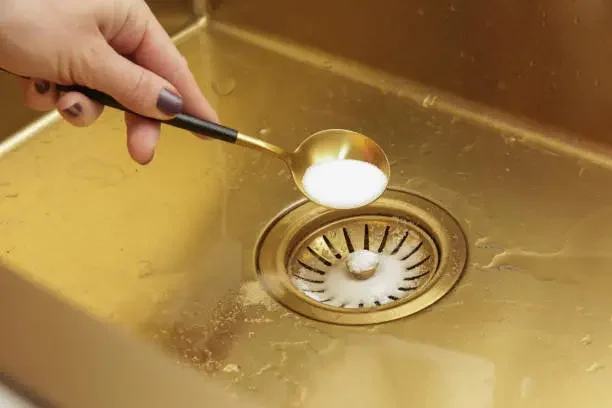
Before booking a plumber online, try these practical steps to lift minor blockages.
- Boiling water (carefully!): For greasy buildup, pouring hot but not scalding water down the drain can soften the gunk repeating this a few times might free the flow
- DIY plunging: A basic plunger used correctly can shift many stubborn clogs just by creating suction and pressure inside the pipe.
- Baking soda and vinegar: a classic natural duo, combine to create a foamy scrub that gently removes minor buildup. Rinse with hot water afterward.
- Manual cleaning; If it’s accessible, remove the trap under sinks to clear out hair, food particles, or debris. Just be prepared for a little mess and water collection.
If these measures don’t work and the clog persists, or if you suspect a root intrusion or severe pipe damage, it may be time to escalate the issue.
Handling the Situation with Confidence
Knowing when to get professional help is key to avoiding bigger issues
- Emergency intervention: If the blockage threatens to burst pipes, cause sewage backup, or result in major flooding, this qualifies as an urgent situation. You don’t want to wait around as water spills out or structural damage starts.
- Diagnosis using inspection tools: Modern plumbers can use thin, high-definition CCTV cameras to inspect pipes internally. If the clog is deep, hidden, or involves root penetration, this method helps pinpoint the issue without requiring a complete excavation.
These methods save time, reduce guesswork, and often cost less than blind repairs.
Staying One Step Ahead: Tips for Prevention
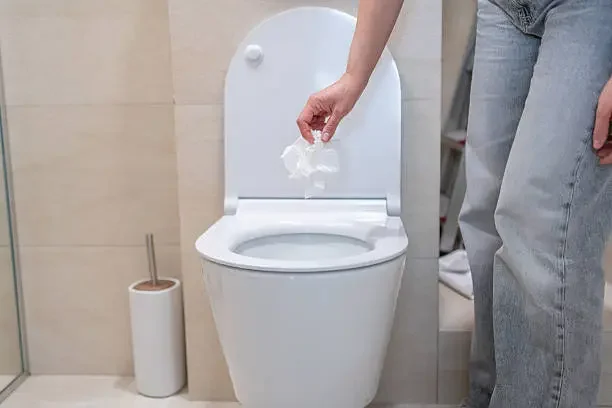
Prevention beats cure. Here’s how you can keep your drains straightforward and worry-free
- Annual flush-outs: Even when there’s no issue, a planned deep clear whether DIY or pro-assisted can help prevent buildup
- Grease traps and strainers: In kitchens, install a grease trap or let cooking oils cool and dispose of them in the bin. Don’t pour down the sink, and in baths and showers, use strainers to catch hair and soap scum.
- Be smart about flushing: Remind everyone in your household that only toilet paper belongs in the loo everything else goes in the bin.
- Root monitoring: If you notice unexpected pooling around drainage areas or have large trees nearby, consider scheduling a periodic inspection. In the long run, addressing root encroachment early can save significant plumbing costs.
The Takeaway
Blocked drains are annoying but manageable, especially in Sydney’s mix of contemporary and heritage homes. Being prepared makes all the difference. Observe the signs early, use sensible DIY methods first, and escalate when necessary. With a bit of knowledge and regular attention, you can avoid surprises and keep your plumbing flowing smoothly across the seasons.


